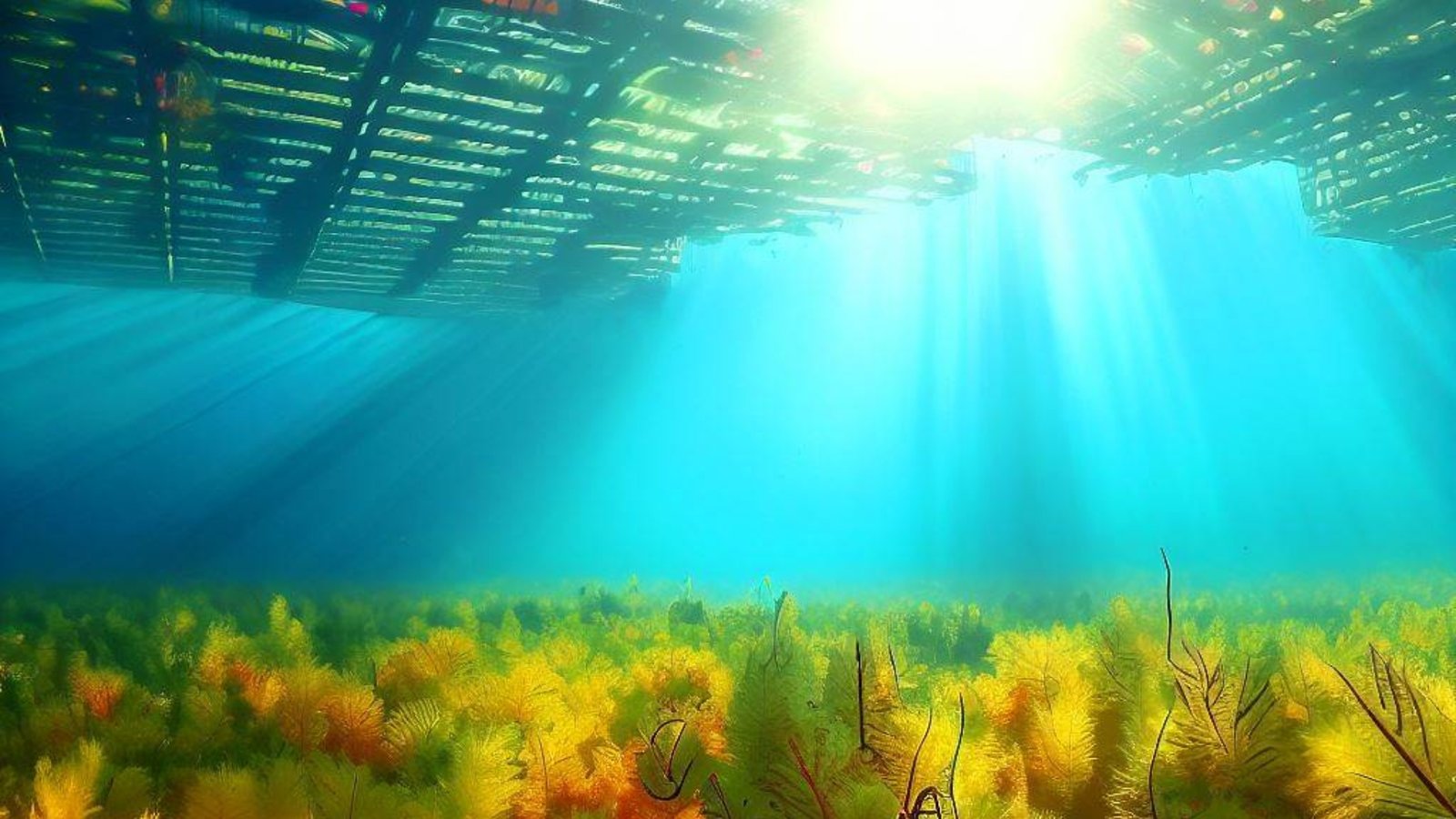


Floating Solar Photovoltaic (FSPV) systems have gained significant attention as a sustainable solution for renewable energy generation. By harnessing solar power on water bodies, such as reservoirs, FSPV offers several advantages over traditional land-based solar installations. However, it is crucial to evaluate the long-term impact of FSPV systems on reservoir aquatic biota from an environmental perspective. This article explores the potential effects of FSPV on reservoir ecosystems, highlighting both the positive and negative aspects of this technology.
Floating Solar Photovoltaic (FSPV) systems are solar power installations that are deployed on water bodies, typically reservoirs or other artificial water storage systems. These systems consist of photovoltaic panels mounted on floating structures, enabling efficient utilization of solar energy while conserving land resources. FSPV offers several advantages over land-based solar installations, including increased energy generation due to the cooling effect of water, reduced evaporation from reservoirs, and potential synergies with hydropower plants.
Harnessing Solar Energy: FSPV systems contribute to the transition towards renewable energy sources, reducing reliance on fossil fuels and mitigating greenhouse gas emissions.
Land Conservation: By utilizing water surfaces, FSPV minimizes land use conflicts and preserves valuable terrestrial ecosystems.
Water Conservation: The shading effect of FSPV reduces evaporation rates from reservoirs, conserving water resources in regions prone to water scarcity.
Enhanced Biodiversity: FSPV installations can create artificial habitats and serve as floating islands, promoting the establishment of diverse aquatic plant communities and attracting wildlife.
Changes in Light Availability: The installation of FSPV systems can lead to reduced light penetration into the water, affecting the growth and distribution of submerged aquatic plants and algae.
Alteration of Temperature Profiles: FSPV panels create shading on the water surface, potentially altering the temperature profiles of the reservoir. This may impact the thermal stratification patterns and affect the behavior and distribution of aquatic organisms.
Effects on Water Quality: The presence of FSPV structures can influence water quality parameters, such as dissolved oxygen levels and nutrient cycling, which can have cascading effects on the entire ecosystem.
Influence on Aquatic Plant Communities: FSPV installations can provide additional substrate and shelter for aquatic plants, potentially increasing their abundance. However, excessive growth can lead to ecological imbalances and hinder the natural flow dynamics of the reservoir.
Impact on Fish and Aquatic Fauna: The construction and operation of FSPV systems may affect fish populations and other aquatic organisms through habitat alteration, changes in water quality, and interference with migratory pathways.
Interaction with Birds and Migratory Species: Floating solar panels can attract birds and other migratory species, which may perceive them as potential resting or foraging sites. This interaction could have both positive and negative implications for avian biodiversity.
To mitigate the potential negative impacts of FSPV systems on reservoir aquatic biota, several measures can be implemented:
Site Selection: Choosing appropriate reservoirs with minimal ecological sensitivity and considering factors such as water depth, water quality, and biodiversity.
Design Optimization: Incorporating gaps or spacing between the FSPV structures to allow light penetration and reduce shading effects.
Monitoring and Research: Conducting comprehensive ecological assessments before and after FSPV installation to evaluate changes in biota, water quality, and ecosystem dynamics.
Habitat Enhancement: Implementing measures to create artificial habitats, such as submerged structures or floating islands, to mitigate potential losses of natural habitat.
Collaboration and Stakeholder Engagement: Involving local communities, environmental organizations, and regulatory agencies in the planning and decision-making process to ensure sustainable FSPV development.
Several case studies and research projects have examined the ecological impacts of FSPV systems on reservoir aquatic biota. These studies have provided valuable insights into the potential effects and mitigation strategies associated with FSPV installations. Examples include the monitoring of fish populations, assessment of changes in macroinvertebrate communities, and studies on the behaviour of migratory birds in the vicinity of FSPV structures.
As the use of FSPV continues to expand, it is crucial to prioritize environmental considerations and ensure sustainable development practices. Future research should focus on long-term monitoring of FSPV installations, investigating cumulative effects and potential synergies with other renewable energy technologies. Additionally, the development of guidelines and best practices for FSPV deployment in different ecological settings will aid in minimizing environmental impacts and promoting responsible renewable energy generation.
Floating Solar Photovoltaic (FSPV) systems offer a promising avenue for renewable energy generation on reservoirs. While they provide numerous environmental benefits, it is essential to carefully assess their long-term impact on reservoir aquatic biota. By implementing appropriate mitigation measures and conducting thorough ecological monitoring, FSPV installations can coexist with aquatic ecosystems, minimizing potential disruptions and promoting sustainable energy solutions.
Can FSPV systems be installed in natural water bodies other than reservoirs?
Yes, FSPV systems can be deployed in various natural water bodies, such as lakes, ponds, and even coastal areas, depending on the specific site conditions and regulatory requirements.
Do FSPV systems harm fish and other aquatic organisms?
FSPV systems can have both positive and negative effects on fish and aquatic fauna. Proper site selection, design optimization, and habitat enhancement measures can help minimize potential harm and create favorable conditions for aquatic life.
How does FSPV impact water quality in reservoirs?
FSPV installations can influence water quality parameters by altering light availability, nutrient cycling, and dissolved oxygen levels. Monitoring and research are necessary to assess the specific impacts in each reservoir.
Are there any regulations or guidelines for FSPV installation in environmentally sensitive areas?
Regulatory frameworks and guidelines vary across regions. It is important to consult local authorities and environmental experts to ensure compliance with relevant regulations and implement best practices.
What are the economic benefits of FSPV systems?
In addition to their environmental advantages, FSPV systems offer economic benefits, including reduced land costs, potential synergies with hydropower, and the creation of job opportunities in the renewable energy sector.